|
Clients are often curious about what therapy may do for them. It's more than fair to want to know what you are investing your time and money in!
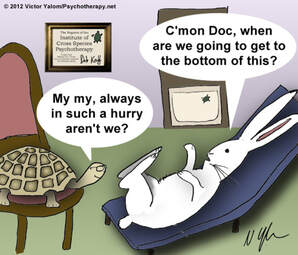 Psychodynamic Therapy - Psychodynamic theory explores events in our past that influence our present and shape our personality. Certain experiences have unconscious impacts. Change occurs through insight and understanding of early, unresolved issues. Object Relations Psychodynamic / Attachment-Based Therapy - Early relationships are foundational to who we are. Change occurs through exploration of past and current relational attachments and trauma as well as through reparative experiences with the therapist and transformation of current relationship dynamics. 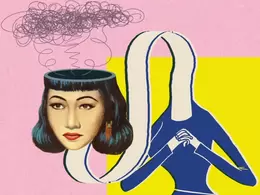 Client-Centered Humanistic Therapy - Humanistic therapy centers around the idea that all humans have an internal drive toward wholeness. Change occurs by providing clients space to better understand and trust themselves and grow through the therapeutic relationship with the presence of three essential components: genuineness, unconditional positive regard, and empathy, Existential Therapy - Existential psychotherapy focuses on the human condition--free will, self-determination, and the search for meaning. Change occurs through finding meaning in the face of anxiety, acting authentically, and taking responsibly. The core question addressed in existential therapy is "How do I exist?" in the face of uncertainty, conflict, or death. 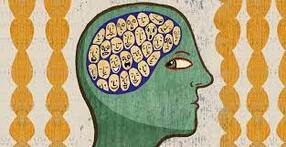 Dialectical Behavioral Therapy (DBT) - DBT focuses on skill building to work with intense emotions and interpersonal conflicts that may be a result of attachment trauma. Change occurs through mindfulness, distress tolerance, emotional regulation, and improving interpersonal problem solving skills. Cognitive Behavioral Therapy (CBT) - CBT leads with considering how thoughts impact our feelings and behaviors. Change occurs by noticing and changing unhelpful thought patterns and thereby being better able to cope with stressors in a more positive manner. Parts Work Therapy - Parts work is a kind of therapy that addresses differences and conflicts in “agendas” between parts that may be responsible for blocking emotional healing. Change occurs through accepting all parts of yourself, inviting compassion, befriending your parts, and resolving tensions. To learn more about how it all comes together, read more about how I work and what happens in therapy here. Looking from a trauma therapist in Oakland, CA? Learn more here. Looking for a queer couples therapist in Oakland, CA? Learn more here. how does therapy work?
0 Comments
Leave a Reply. |
AuthorStephanie Bain, LMFT Archives
April 2024
Categories
All
***Resources are not a substitute for therapy and are not intended for making diagnoses or providing treatment. Not all practices and tools are suitable for every person. Please discuss exercises, practices, and tools with your individual therapist or health care provider.
|
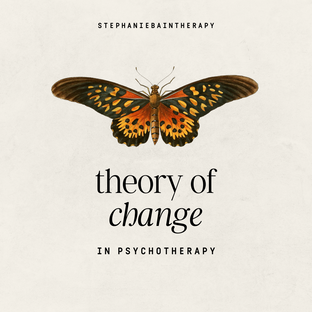
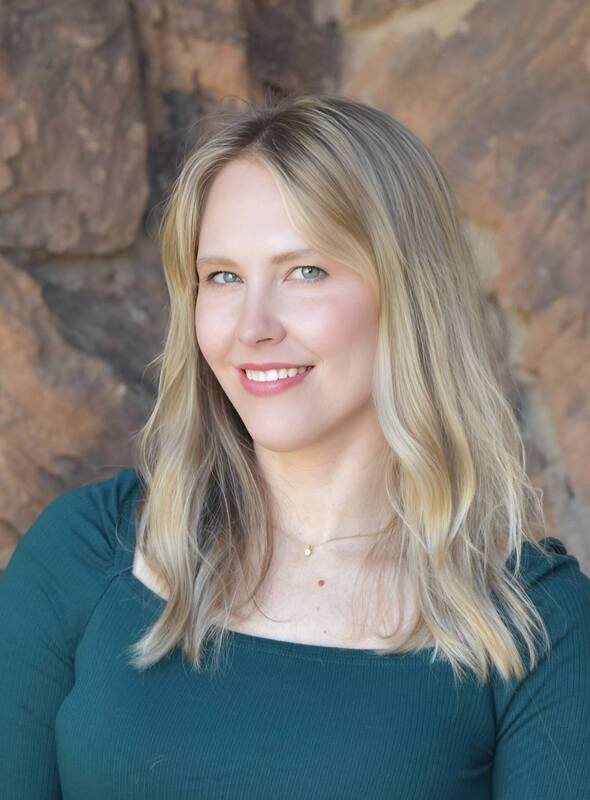
 RSS Feed
RSS Feed